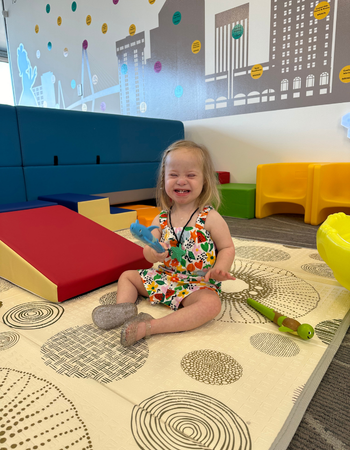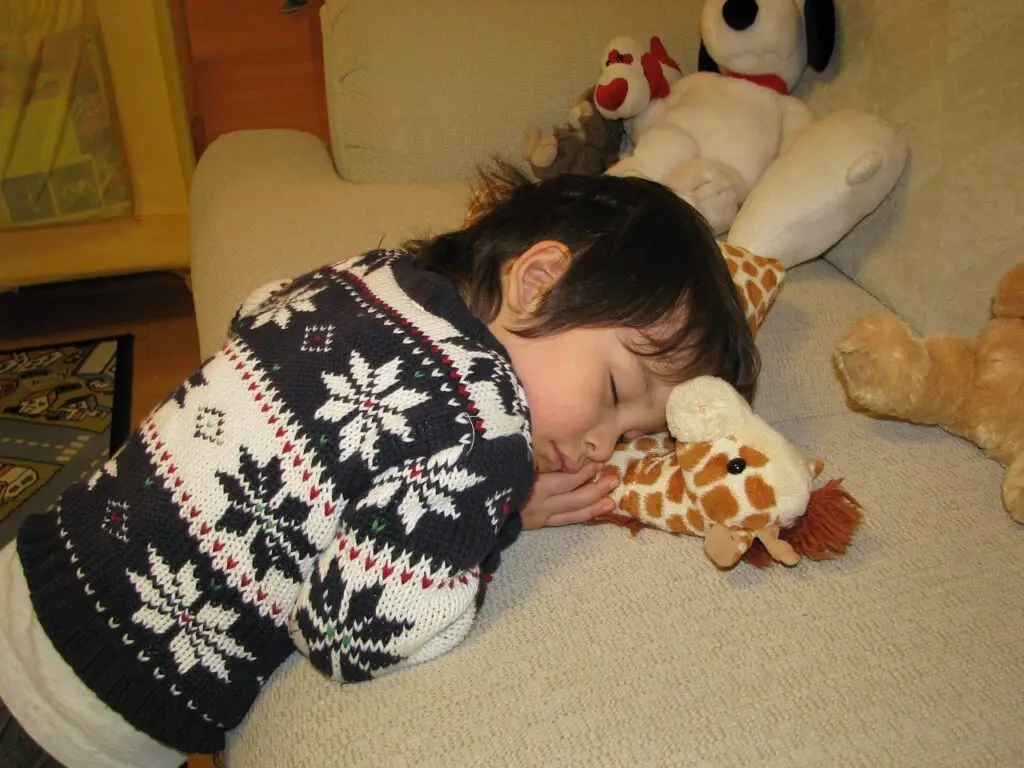Holiday tips help me every year, because the holiday time can hit us out of the blue. One minute it is summertime, and the next we are seeing Christmas trees. I see it every year.
I know I feel a wash of anxiety as I think of the holidays, mostly from all the things that need to be done. One thing our family considers, that many others do not, is how the holidays will affect travel and routines with special needs.
There are several areas to consider when you start wondering how to handle the holidays for your special needs child. Something I like to ask is: How can we keep things as stable as possible while still keeping the fun? How do we keep their mood steady and give them what they can count on?
For those who do not already know, I have a daughter who is now 28. She has Sensory Processing Disorder (SPD). It affects her all day, every day, and when she was little, it affected her even more. Over time, I have learned how to make the holidays fun while keeping her as organized and calm as possible. Below are the areas I think about when holiday time comes around. If you want another parent’s perspective on this season, here is how we survive the holiday season.
My Top 3 Stability Anchors
1. Food and Holiday Treats
When it comes to food, consistency matters. Keep the healthy diet your child knows and likes. Sometimes that is as simple as making sure there is breakfast, lunch, and dinner at roughly the same times as usual, even during the holidays, and offering the same choices you normally would. So no holiday cookies for breakfast, even if they are sitting right there. And yes, my kids would point out there is an egg in them to prove their “health” value.
Make room for treats, for sure, if they meet your child’s dietary restrictions or needs. If you know certain foods tend to be triggers for your child’s mood or meltdowns, plan to limit or avoid those. That takes a bit of anticipation and preparation, especially for parties. Ask questions ahead of time: What will be served? Will there be foods my child should not have? How can I offset that? Have a familiar alternative to offer when others are having a treat. A little packing and extra shopping can go a long way toward keeping dietary consistency.
If sensory needs affect feeding in your home, explore our course on a sensory-motor approach to feeding for strategies that connect sensory processing with practical mealtime plans.
Food is one thing that can really make a difference, not just for growth and health but for behavior and regulation. The goal is consistency, not perfection. Do the best you can.
Why this helps: Pediatric guidance suggests sticking to usual routines during holiday travel and events, including mealtimes, to reduce stress for kids.
2. Activities and Events
This is the big one during the holidays. How much can you keep of their normal schedule while still allowing for holiday fun?
For us, and for our Elizabeth, I look at the day and plan the fun, and I also look closely at when the fun is happening:
- Will this be a time she is usually tired?
- Does she need a break beforehand?
- Will she need quiet afterward?
At a long event, I might let Elizabeth do a little of the activity and then move her to a quieter area. Sometimes I encourage her to hang in for a set amount of time, then let her switch to what she prefers. For a party, I ask: What time is it? Will it be crowded? How does it fit our routine? Does she need an extra rest before?
The world can only bend so far for our kids, so we help them learn to bend a bit too. Maybe the party will be busy, and maybe it will be okay for a short while. Always have a Plan B so you can make sure they are okay. If it is a late night, plan for fewer demands the next day.
Crowds, bright lights, and noise can overwhelm kids with sensory challenges. Preparing breaks, quieter spaces, and shorter stays can help. The Child Mind Institute shares practical ways to make holidays kid-friendly for children with sensory processing issues. Read their guidance on making holidays kid-friendly.
Give your child a heads-up about what is coming. A simple schedule, on paper or your phone, means everyone knows the plan. If you like seasonal planning ideas, see these Halloween outing tips for sensory needs. Many of the same strategies work all season.
Packing a small “sensory toolkit” such as chewable items, fidgets, and headphones can make outings smoother. See our chews and bite tubes collection for oral fidgets that are easy to toss in your bag. You can also tailor events with familiar tools that support regulation, like our Sensi tools and kits.
3. Sleep and Quiet Time
Food and sleep are huge pieces of our children’s success. I was never one to say, “You are off, stay up until 2 a.m. and watch movies.” We had fun, but we kept parameters so consistent that sleep and emotional recovery were possible.
Yes, enjoy a late night here and there. Then follow it with more typical bedtimes and familiar routines, they can count on. Protect quiet time the next day so their nervous system can reset.
Consistent sleep supports behaviors, moods, memory, and overall health. Reliable routines matter. The AAP provides a helpful overview of healthy sleep needs by age.
If feeding, oral-motor, and sensory regulation affect wind-down at your house, our Sensi Essentials Kits and chew tools for oral sensory input can be calming additions to your routine.
A Gentle Wrap-Up
The goal is not perfection. The goal is consistency where it counts. A few holiday tips, such as steady food routines, thoughtful planning for events, and protected sleep and quiet, can keep your child grounded. With a little anticipation and a reliable Plan B, you can enjoy the season together. For deeper, practical guidance on sensory-motor feeding and regulation, this parent-friendly feeding course is a good next step.








